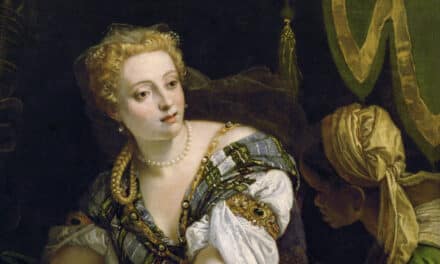Melk Abbey is one of the most beautiful and largest unified Baroque ensembles in Europe. Its magnificent architecture is known worldwide and is a UNESCO World Heritage Site. Benedictine monks have lived and worked at Melk Abbey in an unbroken tradition since 1089. Following the Rule of St. Benedict, they try to implement the ORA et LABORA et LEGE in pastoral care, education and numerous cultural events.
The history of Austria is closely linked to the history of Melk Abbey. Some of Austria's first rulers, Margraves Heinrich, Adalbert and Ernst, are buried in the abbey church. It is also the burial place of the first patron saint of the Babenbergs, St. Koloman, who was the patron saint of the country until the 17th century.
Melk Abbey is one of the most beautiful and largest unified Baroque ensembles in Europe. Its magnificent architecture is known worldwide and is a UNESCO World Heritage Site. The baroque building (1702 - 1739) on a rock above the Danube is one of the most visited art-historical sites in Austria. The Danube landscape of the Wachau and the architecture of Melk Abbey come together here in a unique and perfect way.
Benedictine monks have lived and worked here in an uninterrupted tradition since 1089, i.e. for over 930 years. Following the Rule of St. Benedict, they try to put the ORA ET LABORA ET LEGE (pray and work and learn) into practice in pastoral care (23 parishes are entrusted to the monastery) and education (currently a monastery grammar school with over 900 pupils). Its endeavor is not to remain stuck in the traditional, but to meet today's requirements on the basis of tradition. Old and new are not only recognizable in the architecture, but can also be felt in daily life. Day after day, over 900 pupils carry current, young life through the Stiftspforte. Great efforts are made for their education. The beauty of the building, the Abbey Park with its baroque pavilion, numerous events and conferences as well as mass celebrations attract more than half a million visitors every year. The daily prayers and services give the house a soul.
Abbey tour
Under the title "On the way from yesterday to today", the Abbey Museum, which is housed in the former imperial rooms, tells the story of the abbey's 930-year history in a contemporary and very varied way using art treasures and media.
Marble Hall, library, collegiate church - these magnificent rooms are masterpieces of Baroque architecture. The Abbey Library is one of the most harmonious and important Baroque libraries. Around 10,000 identically bound books give the room an unforgettable atmosphere. A further 100,000 or so volumes are kept in other library rooms.
From the altane between the Marble Hall and the library, visitors can enjoy a magnificent view of the Danube landscape and the west façade of the collegiate church. Melk Abbey Church is one of the most beautiful Baroque churches in the world and is considered a prime example of the High Baroque style.
The Nordbastei, a historic building from the Baroque period, has been extended with contemporary architecture and opened to visitors. Changing special exhibitions in the "Wachaulabor" (a project of the Stiftsgymnasium) and a viewing terrace await visitors. A spacious monastery store with monastery-specific products is located on the first floor. Before or after the abbey tour, the abbey park invites you to relax. The baroque garden pavilion with exotic frescoes, the paradise garden, the Jardin méditerranéen, the Jardin oriental, the meditative "Benediktusweg", "Talking Stones", a fireplace, the historic water basin, 250-year-old lime trees and many other highlights are waiting to be discovered.
Kultur
Wechselnde Sonderausstellungen heimischer und internationaler Künstler in der Säulenhalle und anderen Bereichen des Stiftes sowie das Wachaulabor in der Nordbastei beschäftigen sich mit verschiedensten Themen aus Geschichte und Gegenwart, Kunst und Kultur.
Die traditionellen Sommerkonzerte sind aus dem niederösterreichischen Kultursommer nicht mehr wegzudenken. Seit Jahren wird das Stift Melk im August Bühne für junge aufstrebende und renommierte Künstlerinnen und Künstler. Und die Internationalen Barocktage Stift Melk packt das Fernweh. Von 21. bis 24. Mai begibt sich das Festival der Alten Musik auf die Spuren der Kavaliersreisen junger Adeliger, Komponisten und Musiker der Barockzeit. Unter dem Motto >Grand Tour< erforschen Michael Schade und eine Schar hochkarätiger Künstlerinnen und Künstler klangvoll die Auswirkungen von Monteverdis wegweisendem Schaffen auf Musizierende seiner Zeit, gehen gemeinsam italienischen Einflüssen in ganz Europa nach und folgen Mozarts Quellen der Inspiration.












